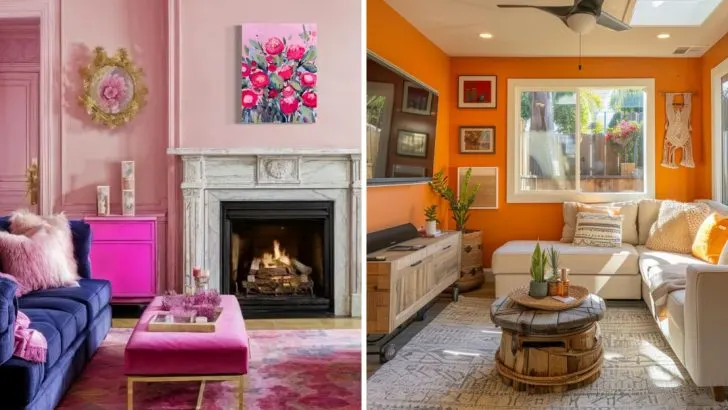The colors you choose for your home can dramatically impact its overall look and feel. While a fresh coat of paint has the power to elevate your space, the wrong shade can unintentionally make your home appear less refined or cohesive.
Understanding which colors to avoid can help you create a stylish and polished atmosphere.
In this guide, we’ll reveal 10 paint colors that might detract from your home’s aesthetic and offer tips on how to make smarter, more sophisticated choices. With a little color savvy, you can ensure your home always looks its best.
Neon Green
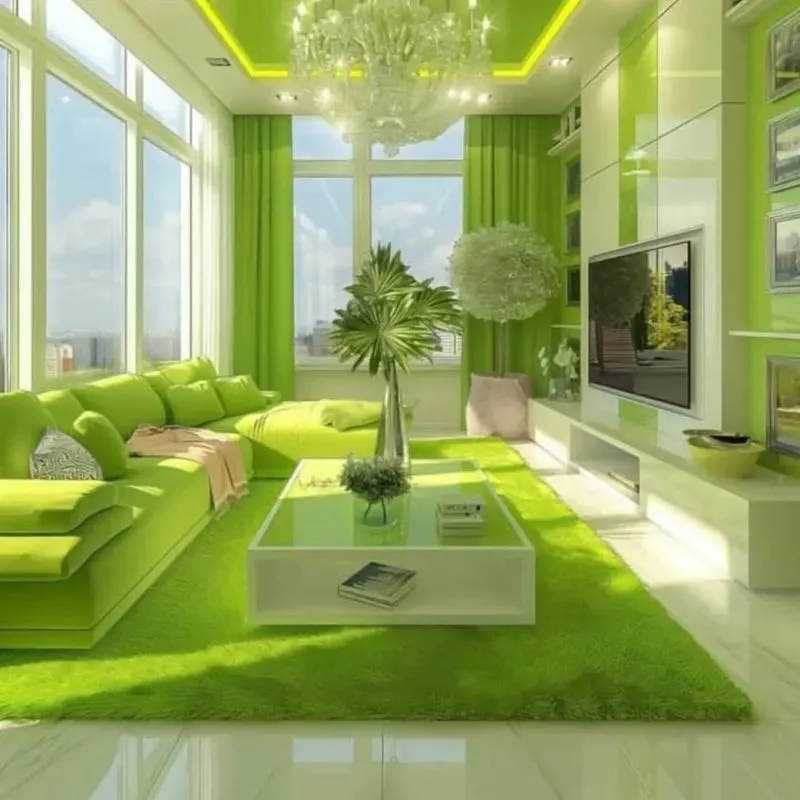
Neon green is a bold choice but can overwhelm a room. In softer lighting, it might look grating rather than vibrant. Opting for such a striking shade often demands meticulous design elements to balance the effect. Unfortunately, it often comes across as flashy rather than tasteful.
Consider softer greens that bring a natural vibe without the jarring impact. This way, you achieve freshness while maintaining elegance. With neon, restraint is key and most homes struggle to achieve this balance successfully, making other choices safer and more stylish.
Bright Yellow
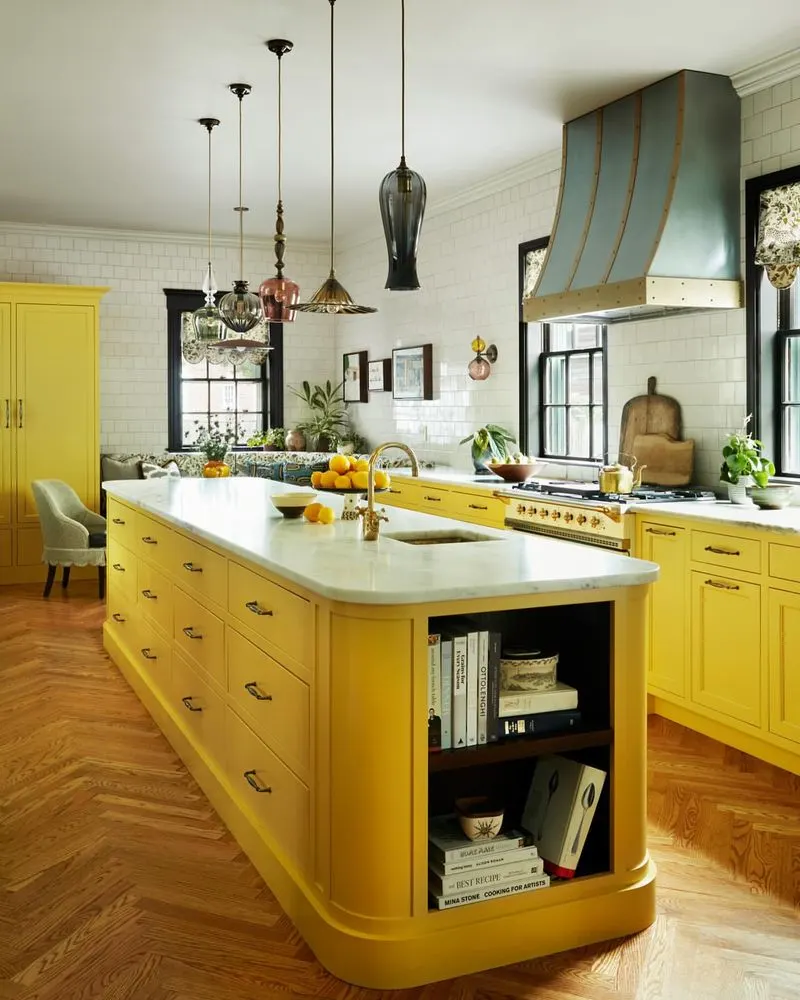
Bright yellow, while cheerful, can be too much for many spaces. It reflects light intensely, leading to glare and discomfort in sunny rooms. Instead, softer shades of yellow provide warmth without overwhelming.
Yellow’s charm lies in its ability to uplift, but too bright and it dominates the decor, clashing with furnishings. Opt for muted tones to create inviting spaces that showcase your style subtly. Choosing wisely avoids making rooms feel small or overly intense, ensuring comfort and elegance in every corner.
Hot Pink
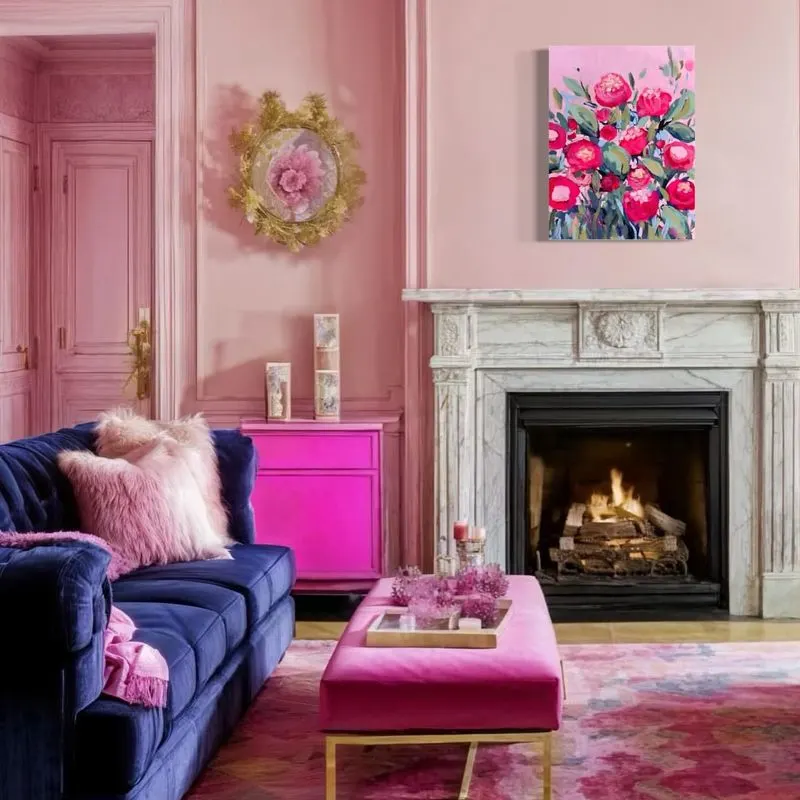
Hot pink is vibrant but can easily overpower a space, making it appear juvenile. This color is tricky to pair with elegant decor, often clashing with more mature and refined pieces. A softer blush pink might achieve the youthful energy without the chaos.
When decorating with hot pink, subtlety is often lost, which can make the room look less sophisticated. If pink is desired, consider balancing it with neutral tones to enhance rather than detract from the overall aesthetic.
Deep Purple
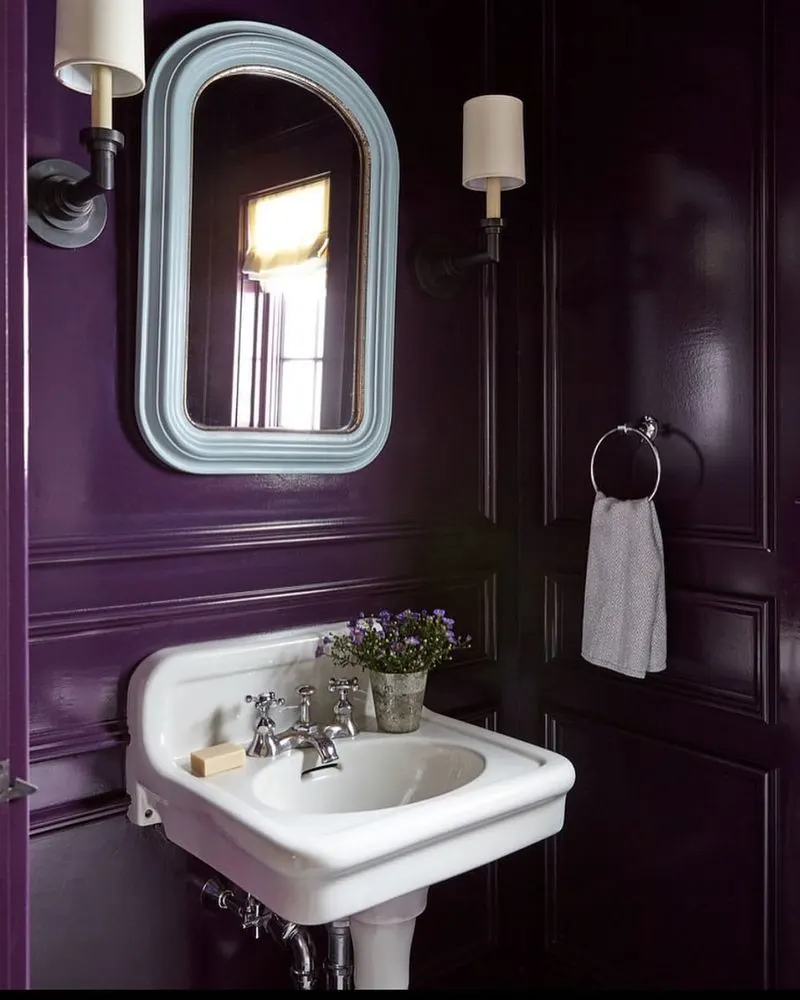
Deep purple can be regal but often appears oppressive and dark, especially in small spaces. It absorbs light, making rooms feel smaller and less inviting. While aiming for luxury, it risks creating a gloomy environment.
Choosing lighter shades of purple can introduce elegance without the heaviness. Pairing deep purple with ample lighting and lighter accents might help, but it’s often challenging to find the right balance. Opt for accessible, airy colors if you want open and welcoming rooms.
Black
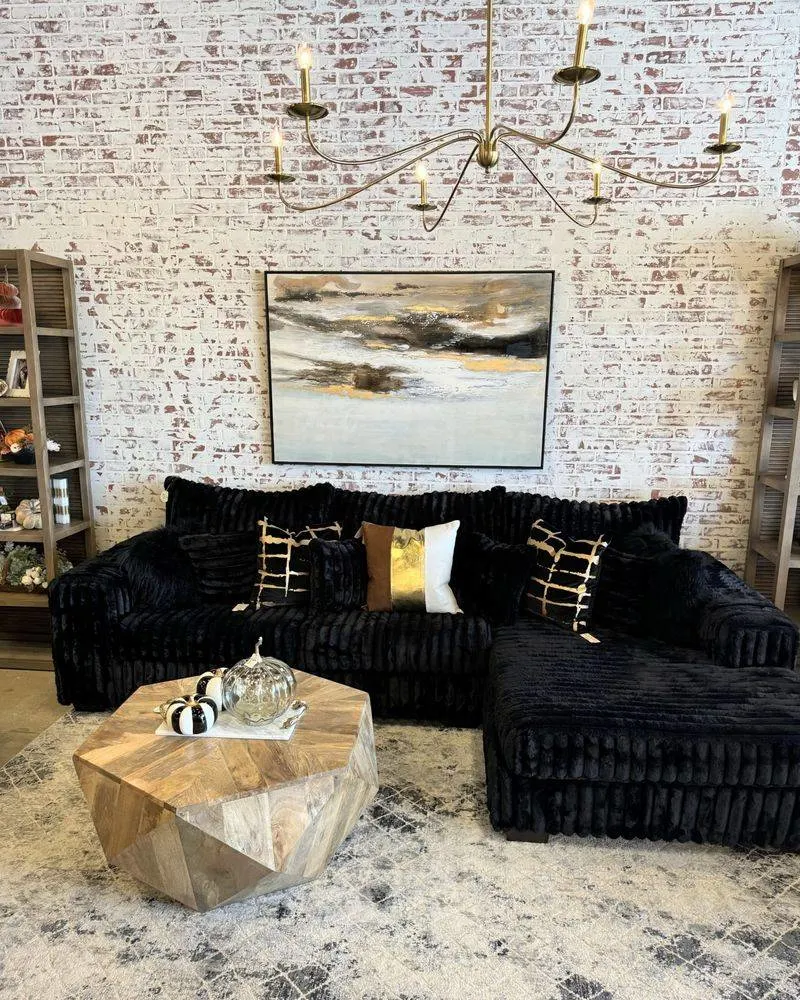
Black adds drama but can make areas feel closed in, especially in smaller rooms. It absorbs light, leading to a cave-like atmosphere that can be hard to brighten. While it pairs well with modern aesthetics, it demands careful balancing with lighter elements.
For a dramatic effect without the drawbacks, consider using black as an accent rather than a primary color. This ensures the room maintains a sense of spaciousness and warmth, crucial for comfort.
Orange
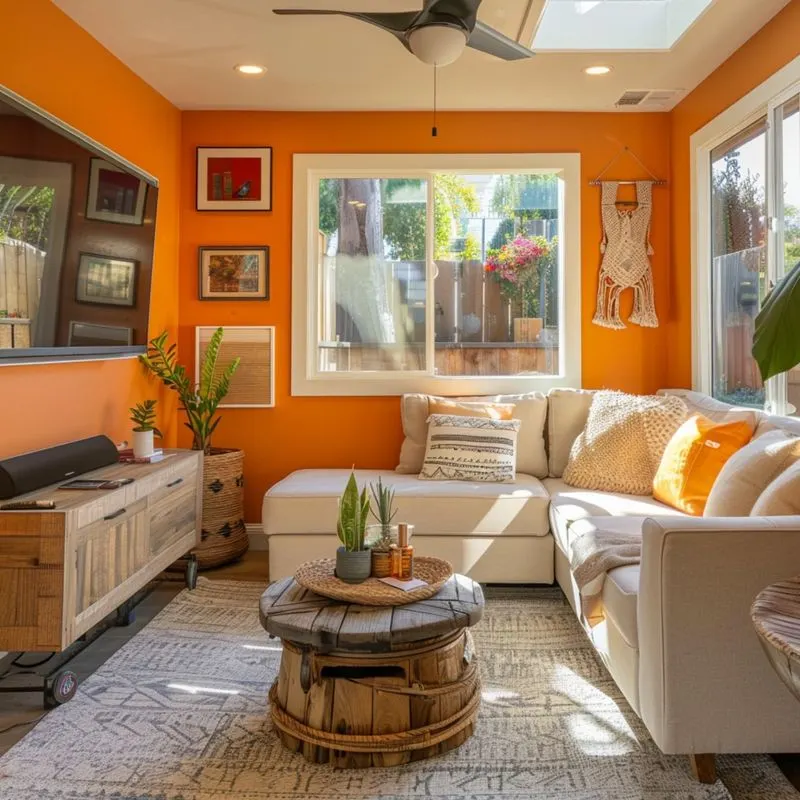
Orange is lively but can quickly become overwhelming, especially in large amounts. Its vibrancy can clash with various decor styles, making it hard to coordinate with other elements. Softer tones can capture that energy without dominating the space.
It’s important to ensure that the room’s atmosphere remains balanced, avoiding a circus-like feel. When tastefully used, orange can bring warmth and cheer, but it requires a careful touch to ensure harmony within the home.
Lime Green
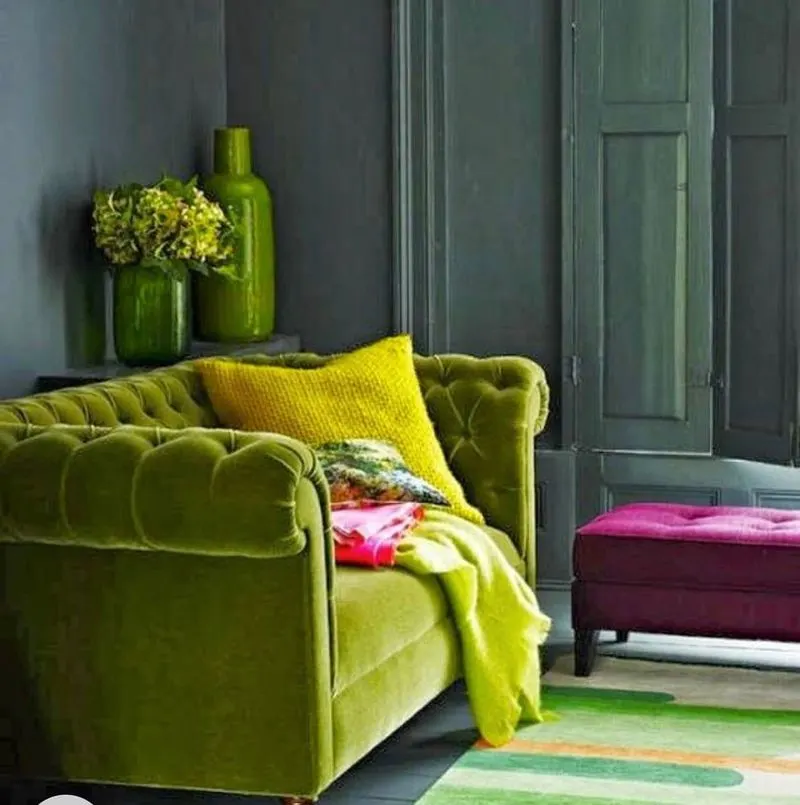
Lime green, much like neon, is bold but can appear garish in many settings. Its intensity can be jarring, making spaces feel more chaotic than calming. Opt for softer greens that promote tranquility and style without the harshness.
Lime has potential if used sparingly, but as a dominant wall color, it often overwhelms. Consider its use in accents or accessories to add zest without sacrificing sophistication. This method ensures a fresh look while maintaining elegance.
Pale Pink
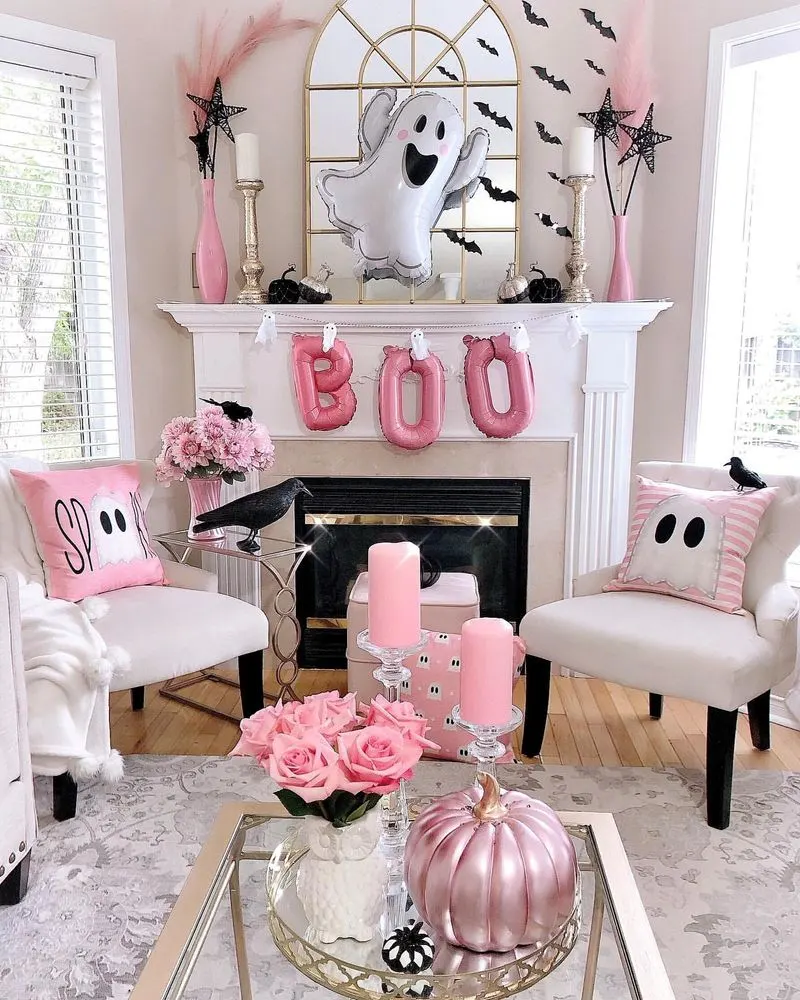
While often associated with sweetness, pale pink can sometimes appear too saccharine or juvenile. It tends to dominate, leaving little room for more sophisticated decor elements. A more dusty pink could provide a refined twist while preserving the gentle vibe.
To avoid a nursery-like feel, integrate contrasting textures and muted tones. This helps create a balanced environment that appeals to both adult sensibilities and a youthful spirit, ensuring the space feels inviting yet mature.
Bright Red
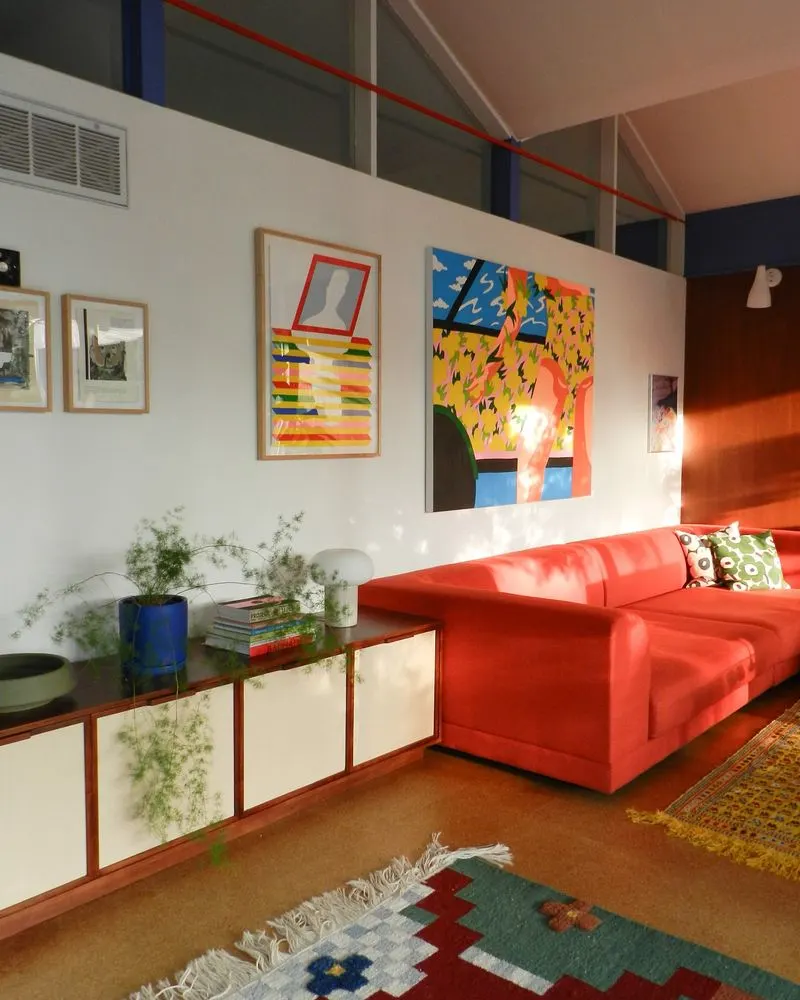
Bright red energizes but can easily cross into the realm of chaos, particularly in areas meant for relaxation or focus. Its intensity often leads to visual clutter, making spaces seem busier than they are. Softer reds can convey passion without overwhelming.
For a calm, inviting atmosphere, consider red as an accent, allowing it to add depth without dominating. This ensures that the room remains a place of comfort and tranquility, free from the stress that harsh colors can bring.
White
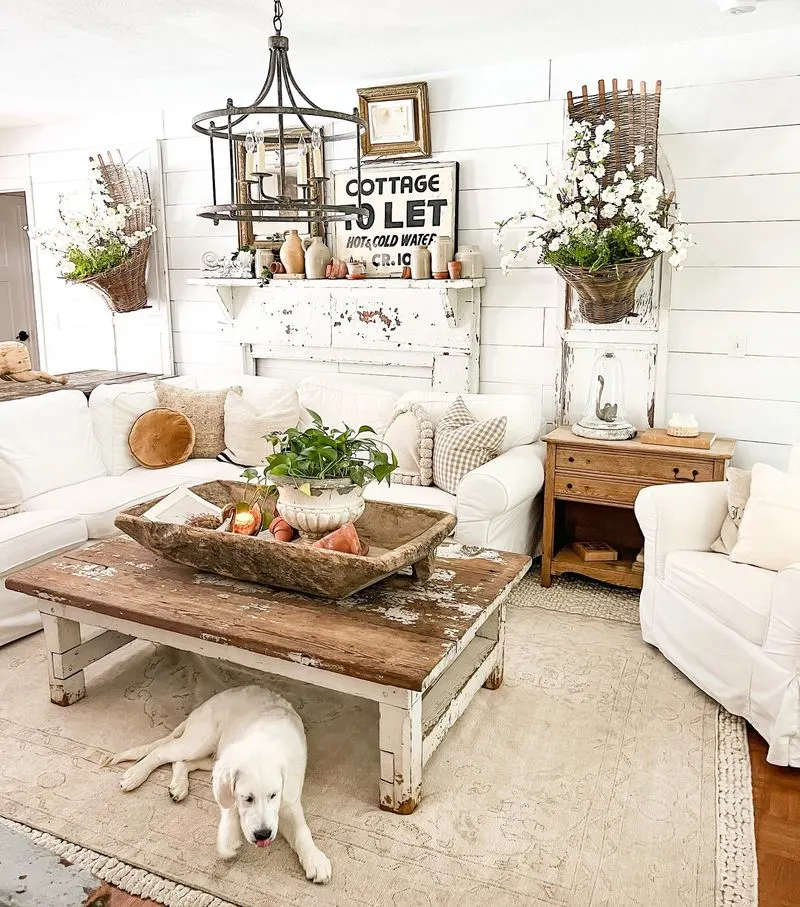
White is versatile but can feel sterile if overused without the right accents. It can make a space feel lifeless and cold, lacking the warmth that color can provide.
Adding texture and varied shades can prevent this starkness. Layering whites with creams or soft greys introduces depth and comfort. This creates an environment that feels clean yet welcoming, avoiding the clinical feel that pure white often brings. Thoughtful use of decor ensures the space appears lived-in and elegant.

